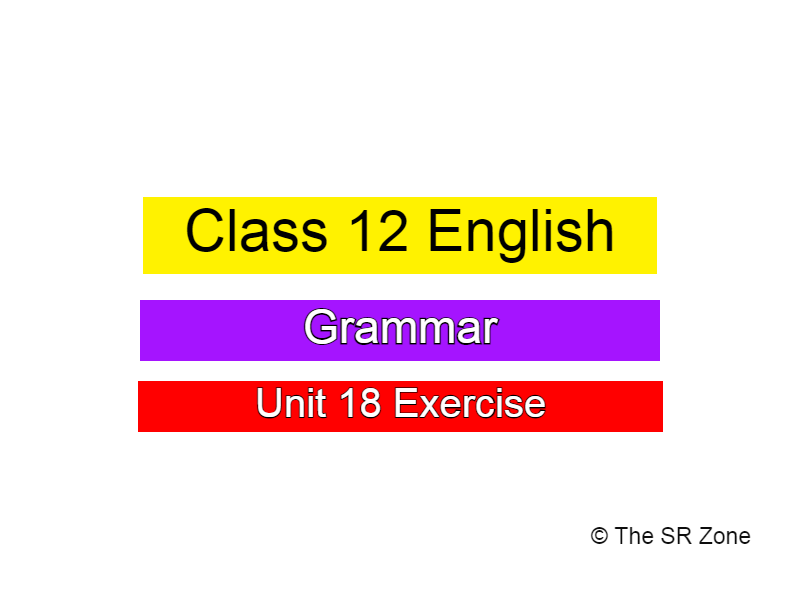Class 12 English Grammar Unit 18 Prepositions Exercise

Unit 18 Grammar Prepositions PDF Prepositions are the secret sauce that make sentences sizzle! They're like the bridge that links your favorite nouns, pronouns, and phrases to other words in a sentence. With prepositions, you can show the relationship between things like location, direction, time, manner, or amount. So if you want to avoid confusing your readers, be sure to sprinkle in prepositions like "of," "at," "in," "by," and "to." But the importance of prepositions goes beyond just making sentences clear. In fact, understanding these little powerhouses is crucial for acing standardized tests like the ACT and SAT. Knowing your parts of speech and how they work together can help you answer tricky grammar and syntax questions and score big. And let's not forget that mastering prepositions is essential for improving your language skills. Once you've got the basics down, you'll be able to take on even the most complex s...




